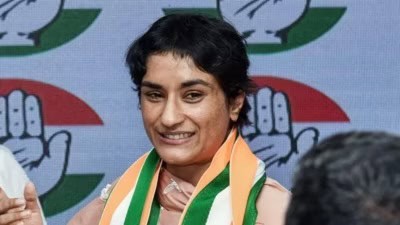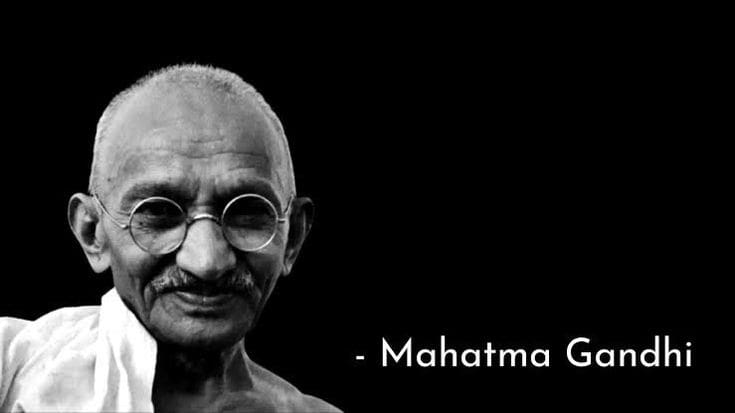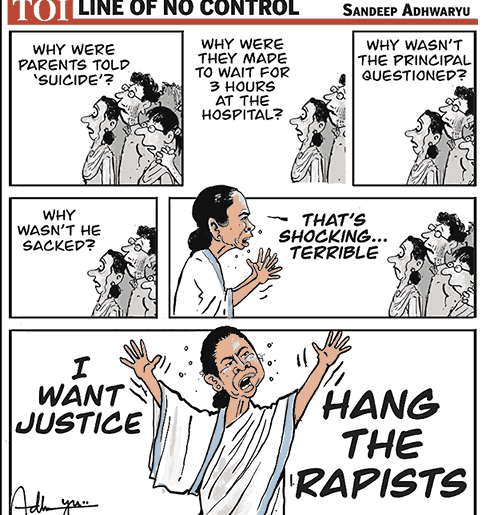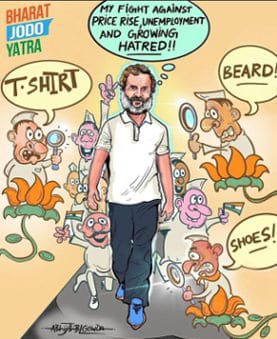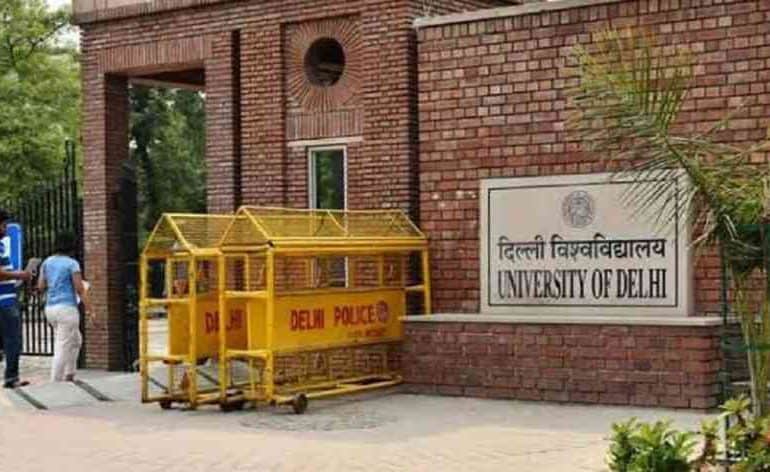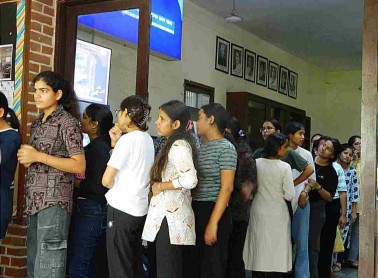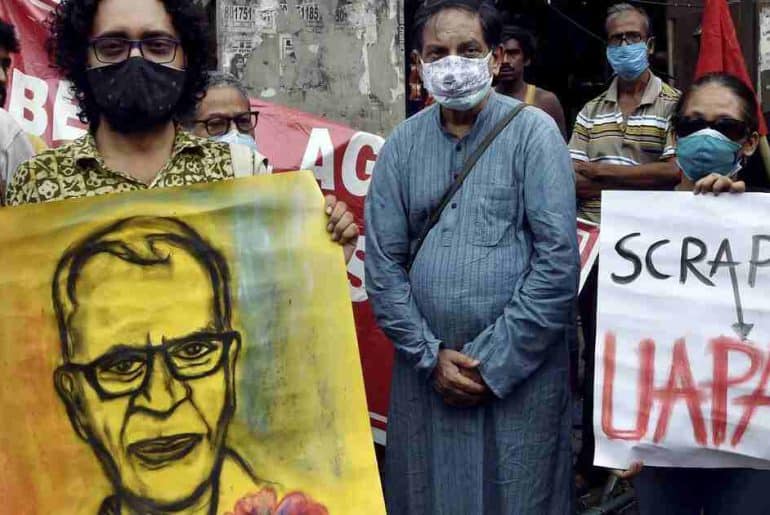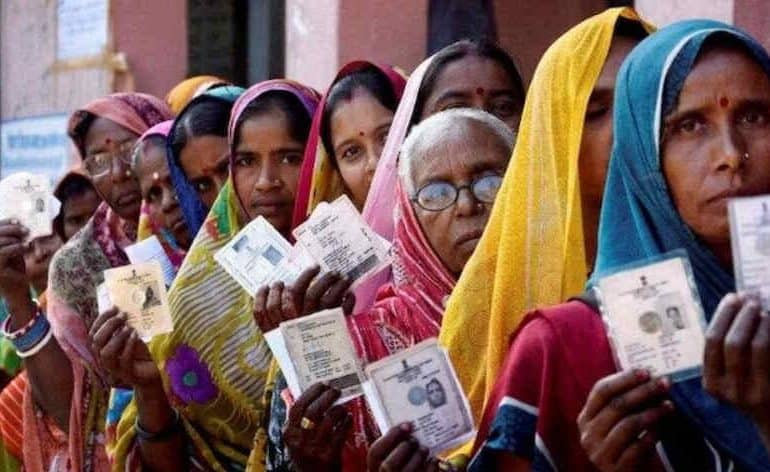Ratan Tata’s legacy, while celebrated as a philanthropist, is tainted by the exploitation and violence against indigenous communities. Despite a public image of philanthropy, the capitalist corporations and their practices reveal a deeper commitment to profit, often at the expense of local populations, reinforcing systemic inequalities.
The billionaire philanthropy, as claimed by most of the elites, is meant to change the world, but a close look at the philanthropic institutions that are growing at a faster pace in the current century showcases the disguise meant to maintain the world as it is. After the death of Ratan Naval Tata, the former chairman of the Tata Group and Tata Sons, on 9th October 2024, condolences flooded the internet, mourning the loss of the philanthropic industrial giant of India. Tributes from the corporate industry, business partners, and international associates were on the horizon; however, the massive outpouring of respect and a sense of personal loss from the working class of the country demonstrates the “naive optimism” of the public and their misled trust in the generosity of the elites.
Tata’s passing gives a good reason to explore the legacy that Ratan Tata inherited and advanced. The legacy of the Tata Group was built on the colonial exploitation of the masses. Nusserwanji Tata, father to Jamsetji Tata, a small merchant, started trading opium to China. Opium was India’s largest export for much of the 1800s—and the “backbone of the British imperial economy.” The opium trade heaped misery on China by shoving the addiction down their throats and forcing the farmers in Bihar to grow the profitless poppies. Millions died in the Bengal famine of 1770, as once productive agricultural land was forcibly converted to poppy production. While the Tatas did engage in the opium trade, they were not dominant players in this industry. They built their wealth by contracting with the British Army to supply troops during wars, notably the Anglo-Persian War of 1856–57. These contracts, linked to colonial military efforts, were profitable and positioned the Tatas within the imperial power structure. The Tata Iron and Steel Company was set up with the main job to supply the British military during World War I. As reward, the Tatas also received the land—which today is called Jamshedpur in honor of Jamsetji, which led to the displacement of Adivasi communities, who were often forcibly evicted from their lands.
The Land Acquisition Act of 1894 facilitated compulsory dispossession in favor of private companies if they served a ‘public purpose’. Over the years, Tisco was a landowner, landlord, and municipal authority in Jamshedpur, buying up entire villages, charging rents at a profit, and providing patchy services.”
Thus the local capitalists, the Tatas, profited by provisioning British campaigns as it expanded its exploitation and ransacked places like modern-day Ethiopia.
When Tatas were handed over the land for its mining operations in Noamundi and for the Jamshedpur township in 1907, the company removed Kusumgaj trees, vital to the Adivasi communities for livelihood and sustenance as they initially refused to work in the mines. Thus, in a desperate attempt for livelihood, Adivasis started working in the mines for Tatas. The forced employment generation that continues to be applauded poses a threat to the tribals and their financial security. Furthermore, in 2000, Tata Steel allegedly destroyed a crucial water spring in Agaria Tola, near its coal mines, the only water source for a local tribal community. This act disrupted the local community’s access to essential resources, worsening their displacement and undermining their way of life.
The Gua Massacre of September 1980 or the Kalinganagar Massacre of January 2006 are the glaring realities of state-sanctioned violence against tribals to protect and further the interests of the profiteering capitalist. The tribal villagers in Noamundi protested against the use of their lands for a Tata aerodrome. Tatas urged the state to take stringent actions against the tribal activism. The next day, state forces opened fire on unarmed tribals in Gua, killing eight, including those seeking medical treatment, to quell the growing tribal movement in Jharkhand.
In Kalinganagar, police opened fire on Adivasi villagers protesting Tata Steel’s construction on their ancestral lands. This crackdown occurred soon after the discussion between Tata Steel and Odisha’s Chief Minister, signaling an aim to secure land for a steel plant despite local opposition. The violence led to killing, and the dead bodies returned after the post-mortem were mutilated. Tata Steel called the incident unfortunate and still continued its plans for the plant at Kalinganagar, intensifying tensions over land rights and corporate expansion. In 2006, Tata Motors acquired 900 acres of land for their car manufacturing project in Singur, West Bengal, by forcibly taking the land from local farmers. The state, backed by Tata, deployed armed police to secure the project site, turning the area into a heavily policed zone to suppress the opposition.
Tata and the deep-seated desire to exploit the tribals do not limit to India only. In 1997, while many companies exited Myanmar to protest its military regime’s human rights abuses, Tata Motors continued business with the Myanmar Military Junta, supplying hardware and vehicles. Despite allegations of severe human rights violations, including forced labor and violence against tribal groups, Tata maintained ties with the regime. The Land Rover Defender, owned by Tata Motors, is the most operational patrol vehicle in the Israeli military, which, with its oppressive onslaught, has killed more than 43,000 Palestinians in Gaza since October 7, 2023.
The Tata Group also has a history of strong anti-labor policies and developed a reputation for union-busting, often through violent means. Since liberalization, Tata Steel’s workforce has sharply declined from 78,000 in 1994 to 38,000 by 2006. It’s alleged that the company’s voluntary retirement scheme pressured employees into leaving, with many reporting they were placed under emotional strain to accept the offer. Since Ratan Tata’s leadership began in 1991, aggressive downsizing has led to tragic incidents, including two contract workers who self-immolated in 2003 in protest of their illegal termination. Tata is also accused of violating the Contract Labor and Regulation Act by assigning contract workers the work of permanent staff as a tactic to reduce costs.
With the profound history of exploitation and oppression, Tata Group continues to maintain the spectacle of an altruistic corporation in India and globally. Apparently, Tata Trusts contribute 66% of the earnings made by the Tata firms under the holding company Tata Sons towards charitable causes. However, people tend to forget that these charitable acts serve as a path for tax deduction, as stated under Section 80G of the Indian Income Tax Act. It also acts as a public relations tool to obscure the fact that the capitalists are hoarding an unregulated amount of wealth. Interestingly, we as taxpayers also subsidize these donations in the form of lost tax revenue. Reduced tax revenue could mean that the government has less to allocate to public spending. In theory, this shortfall might be compensated by public funds through other forms of taxation or adjustments in budget allocations to maintain services and infrastructure.
“In reality, the amount [billionaires] donate is a fraction of what they would pay if their tax rates were in line with the working class. I think billionaires donate for various reasons, but it’s clear that giving away the equivalent of what’s in their couch cushions helps them avoid having to face steeper bills that would actually make a difference in solving systemic problems.”
Says Gravity Payments CEO, Dan Price
“If the rich do not take on this responsibility, they risk provoking the public into a political backlash against the economic system that allowed them to become so wealthy,”
says Matthew Bishop in his work Philanthrocapitalism: How the Rich Can Save the World.
The “benevolent” corporations and their executives, regardless of the personal “moral virtues” they may hold, act with minimal ethical consideration for the public by deploying enough resources that shape the public perception in their favor and sustain their class interest. It’s also astounding to note that in the meantime, their wealth grows by more than what they give. The philanthropic institutions present an altruistic image of the corporations while simultaneously manufacturing the public consent so as to shield the elites from public scrutiny and criticism. These institutions play as a public relations strategy to guise the hyper-profit-driven practices and maintain a deception of capitalist generosity. This helps the capitalist to thrive in their class, exploiting agendas, manipulating the social narratives, and obscure the broader reality behind the social welfare pursuits.
Read Also: Mohanchand to Mahatma: haunting ghosts of Gandhi
Featured Image Credits: Reuters
Reeba Khan


